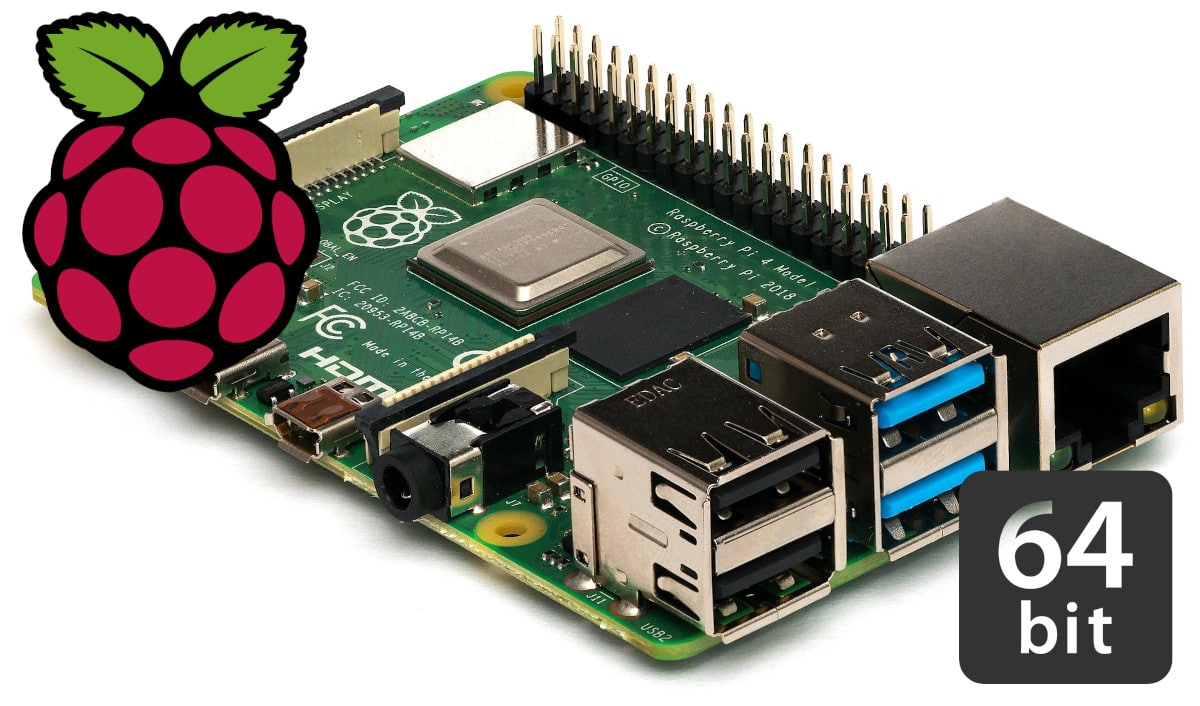
A little over two months ago now, the company behind the most popular single board made a major release: a 64bit version of your operating system. Until that moment, Raspberry PiOS it was 32bit, and the 64bit version was in the testing phase, but now there are two versions. The official one is the 64bit one, but they continue to maintain the 32bit one as “Legacy”. The latest version of the operating system is based on Debian 11 Bullseye, but there are things that are different.
It is clear that an operating system is based on another does not mean that they are too similar, and if not ask Ubuntu, or Linux Mint. The base is the base, but a "child" distribution can make whatever changes it sees fit. For example, the latest Raspberry Pi OS update uses Linux 5.15LTS, while Bullseye stayed on Linux 5.10, in part because 5.15 hadn't been released when Toy Story's rag horse arrived.
Raspberry Pi OS already uses Linux 5.15
As we read in the note posted yesterday, this Raspberry Pi OS update has included changes such as:
- Linux 5.15.
- New setup wizard. Now, if a user is not created, it will not be possible to enter the desktop, among other changes. Still, Raspberry Pi Imager allows creating userless images.
- Improvements in Bluetooth connections.
- Experimentation with Wayland has started, and the intention is to abandon X Window (X11).
Some of you may have heard of Wayland, a proposed replacement for the X Window System that has underpinned most Unix desktop environments for several decades. Wayland has several advantages over X, notably security and performance, but it is still a fairly new technology and is therefore still under development. A couple of Linux distributions now run on top of Wayland, but it hasn't been widely adopted yet; That said, it looks like Wayland is going to be the future of desktop Linux.
Users who want to switch to Wayland should open a terminal and type the following:
After the first command, in the advanced options, just choose Wayland, activate it and restart. With the second command you can check that it does indeed say "wayland".
For existing users who want to apply all updates to the new version of Raspberry Pi OS, simply open a terminal and type:
And to prove Wayland,
For new installations, images can be downloaded from your official website or directly from the Raspberry Pi Imager.